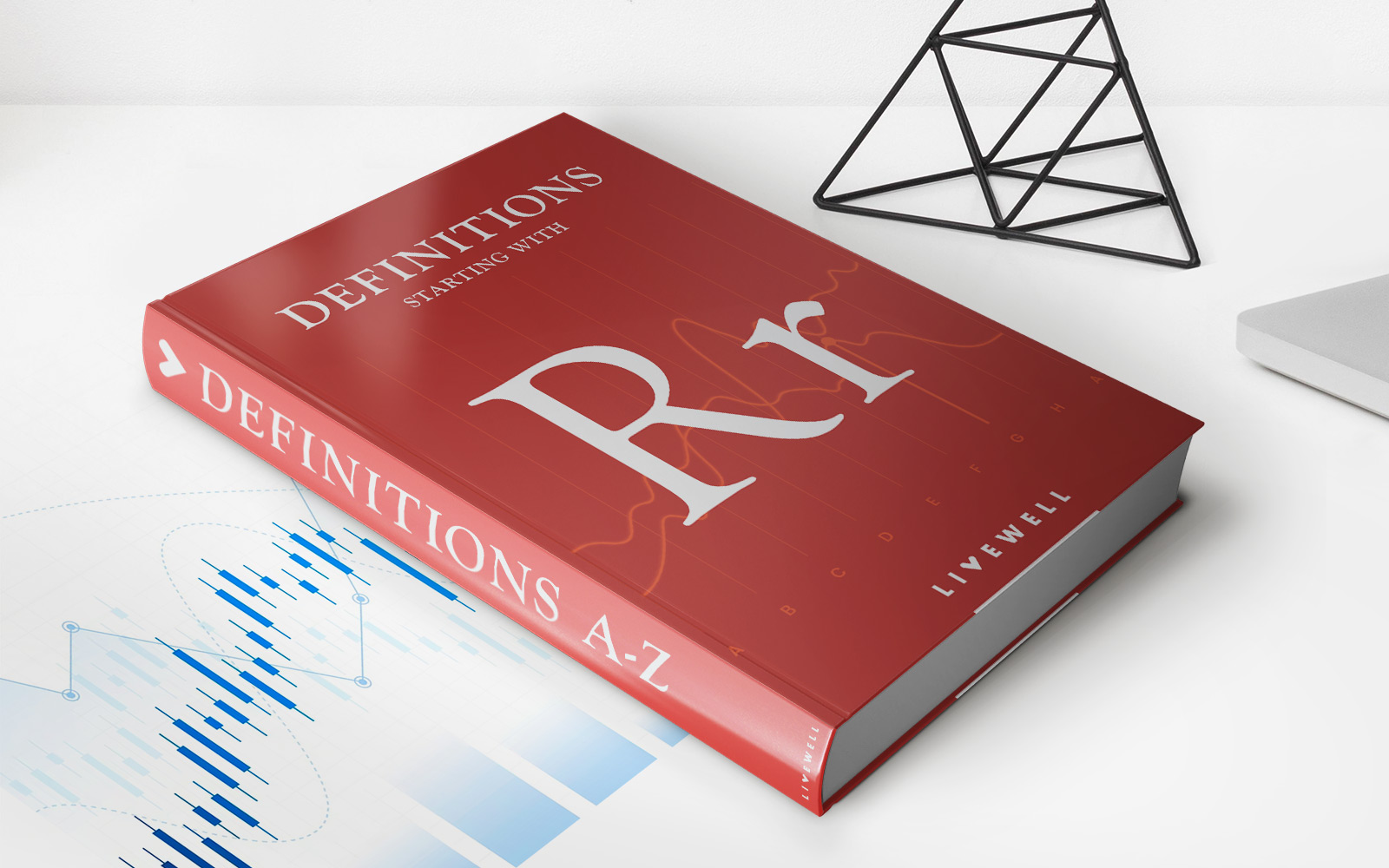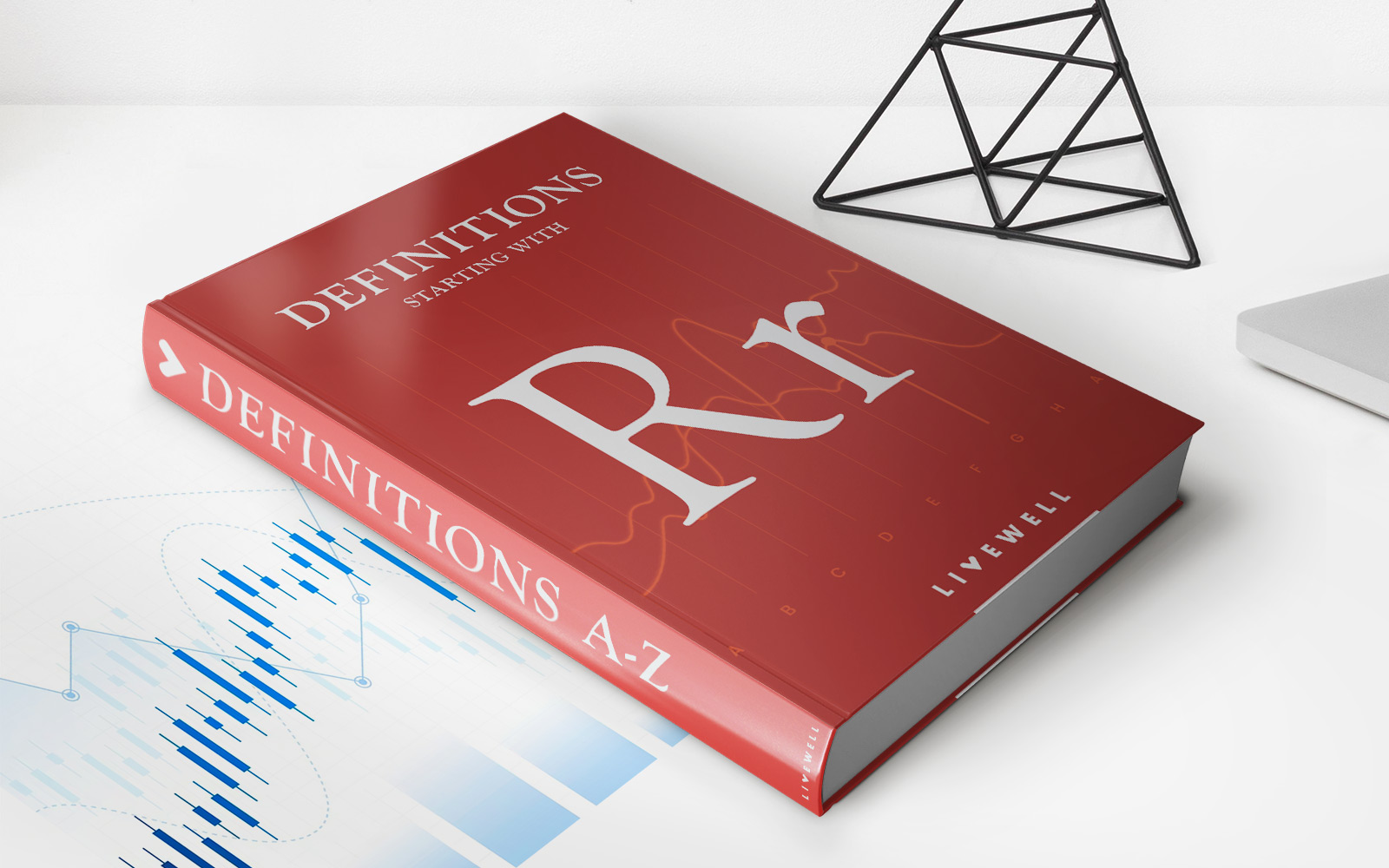Home>Finance>Cash For Clunkers Definition, How The Rebate Program Worked


Finance
Cash For Clunkers Definition, How The Rebate Program Worked
Published: October 24, 2023
Learn the definition of Cash for Clunkers and how this rebate program worked. Discover how it can impact your finance.
(Many of the links in this article redirect to a specific reviewed product. Your purchase of these products through affiliate links helps to generate commission for LiveWell, at no extra cost. Learn more)
Cash for Clunkers: A Definition and How the Rebate Program Worked
Finance can often seem like an overwhelming and complex topic to understand, but it’s essential to stay informed about key financial programs and initiatives that shape our economy. One such program that made waves in the automotive industry is the Cash for Clunkers program. In this blog post, we will take a closer look at what Cash for Clunkers is, how it worked, and its impact on both consumers and the environment.
Key Takeaways:
- Cash for Clunkers was a government program introduced in 2009 aimed at stimulating the economy and encouraging consumers to trade in their old, fuel-inefficient vehicles for newer, more fuel-efficient ones.
- The program offered generous rebates to eligible participants, providing a financial incentive for consumers to replace their older vehicles with more environmentally friendly options.
What is Cash for Clunkers?
Cash for Clunkers, officially known as the Car Allowance Rebate System (CARS), was a federal program introduced in the United States in July 2009. It was designed to provide relief and boost the struggling automotive industry during the economic recession at that time. The program aimed to achieve two primary goals: stimulate automotive sales and reduce carbon emissions by encouraging people to exchange their old, less fuel-efficient vehicles for newer, more environmentally friendly models.
How did the Rebate Program Work?
Under the Cash for Clunkers program, eligible car owners could receive a rebate of up to $4,500 in exchange for their old vehicles. To qualify for the rebate, the traded-in vehicle had to meet certain criteria, including being drivable and registered for at least one year. The government then required these “clunkers” to be destroyed to ensure they wouldn’t re-enter the market. The program’s primary goal was to stimulate new car sales while removing older, less fuel-efficient vehicles from the road.
The rebate amount was determined based on the fuel efficiency of the new vehicle. The model being purchased had to be more fuel-efficient than the traded-in vehicle, which helped promote the use of vehicles with better gas mileage and lower emissions. The program was not without limitations, as there were caps on the number of rebates available and restrictions on the type of vehicles that could be purchased.
One of the noteworthy impacts of the Cash for Clunkers program was the boost it provided to the automotive industry. It helped stimulate demand and generated impressive sales numbers during the program’s duration. Additionally, the program had a positive environmental impact by encouraging the use of more fuel-efficient vehicles, reducing carbon emissions, and improving overall air quality.
In Conclusion
The Cash for Clunkers program was an innovative initiative aimed at stimulating the economy, boosting automotive sales, and promoting environmental sustainability. By offering generous rebates to consumers who traded in their old vehicles for more fuel-efficient models, the program achieved its objectives. While the program faced some criticism and had its limitations, it undoubtedly had a significant impact on the automotive industry and the environment. Understanding financial programs like Cash for Clunkers helps us make informed decisions and stay aware of the government’s efforts to shape the economy.














